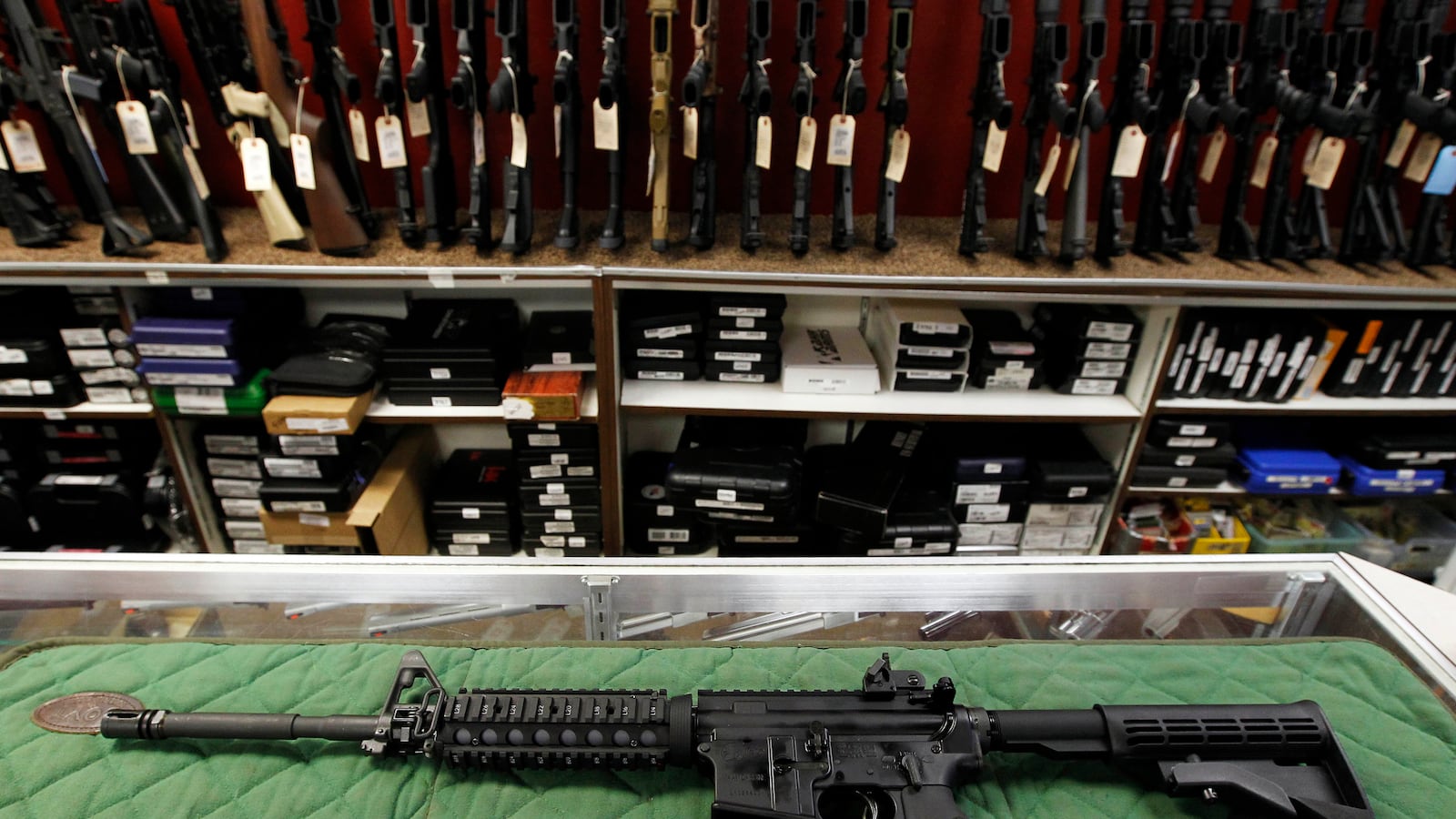Those who thought the world would end last Friday can be forgiven. With two senseless public massacres, a biblical flooding, an economy still teetering, daily barrages of doomsday political ads, and another deadly terrorist attack targeting U.S. citizens on Sept. 11, the past year has waxed apocalyptic at times. A friend of mine has coined 2012 “The Year of Fear.”

But having spent the last few years researching how fear functions in the human brain—interviewing many of the world’s leading neuroscientists and psychologists, as well as being a guinea pig in their labs—I feel a sense of duty to share how our complex internal fear systems are not telling us the full truth about 2012.
This is because our fear centers are for the most part not under our conscious control. In order to survive in the wild, our early ancestors evolved automatic stress responses to anything associated with pain—useful for avoiding predators like saber-toothed cats and bear-sized hyenas. Now, however, modern sources of “painful” stimulus arrive via our smart phones, TVs and Twitter feeds with alarming speed and frequency. So, as we review the events of 2012, our brains automatically feel overwhelmed with bad news, accentuating images of storm-ravaged coastlines and funeral processions for innocent 6-year-old children. By contrast, few of us will note simultaneously that violent crime in our country continued to decline for a fifth straight year, cancer deaths decreased yet again (a steady trend since 1999), and teenage drunk driving has been halved in the last decade. In fact, according to the United Nations, the entire world is on average living longer, healthier, wealthier lives than ever before.
Because our early blunt “fearing” capacity hasn’t fully adapted yet to the current age, we are left to deal with onslaughts of “good” fear and “bad” fear. Good fear motivates us toward constructive ends. Bad fear skews our perception of reality, contributing to many anxiety disorders—now afflicting more than 40 million Americans every year. Our task as modern humans is to better distinguish between the two.
After 9/11/2001, good fear prompted us to beef up transportation security. Bad fear, however, made many of us yield to the false belief that it was safer to drive than to fly, even with increased air security. As a result, in the year after the attack, there were an estimated 1,600 additional traffic fatalities due to more Americans traveling on the roads.
Similarly, after the Newtown, Conn., shooting, many of us feel a good fear of assault weapons, a response that could help us finally pass stricter gun regulations like those that have worked so well in Australia and the U.K. But simultaneously, some parents have developed a bad fear about the dangers in sending their children to school at all. The NRA seized on this fear, suggesting we put armed guards at all our schools. But that instinct is silly if you follow it to its logical ends. Should we also put armed guards in movie theaters and parking lots? Should all teachers be armed?
No. If more guns made us safer, the United States would be safest country on earth. Instead, we suffer from more gun-related deaths than any developed nation on earth. Assault weapons are a threat. Schools are not. Rather than fearing school, we should flood our subconscious fear centers repeatedly with positive activities and images to restore an association of happiness and safety: enjoying a family picnic at the school playground, or joining in song at school holiday performances. Because if the takeaway from the Newtown tragedy is that we fear school, the gunman wins and our children lose. If we can trust our good fear of automatic weapons, we can save lives.
This is a complex world, and it’s not always possible to know what merits a good fear response. It will take some time yet for our brains to adapt. But we can start by working hard in the New Year to see the world as it is. At times, it will feel like this is the most dangerous era in which to be bringing a child—as my wife and I just did, somewhat nervously, in this Year of Fear. But if we instead focus on the data, the reality is that we live in a time with the best probability in human history of a child living a long and healthy life. The more we can reinforce good fear—and debunk bad fear—the more we can enhance those chances even further.





